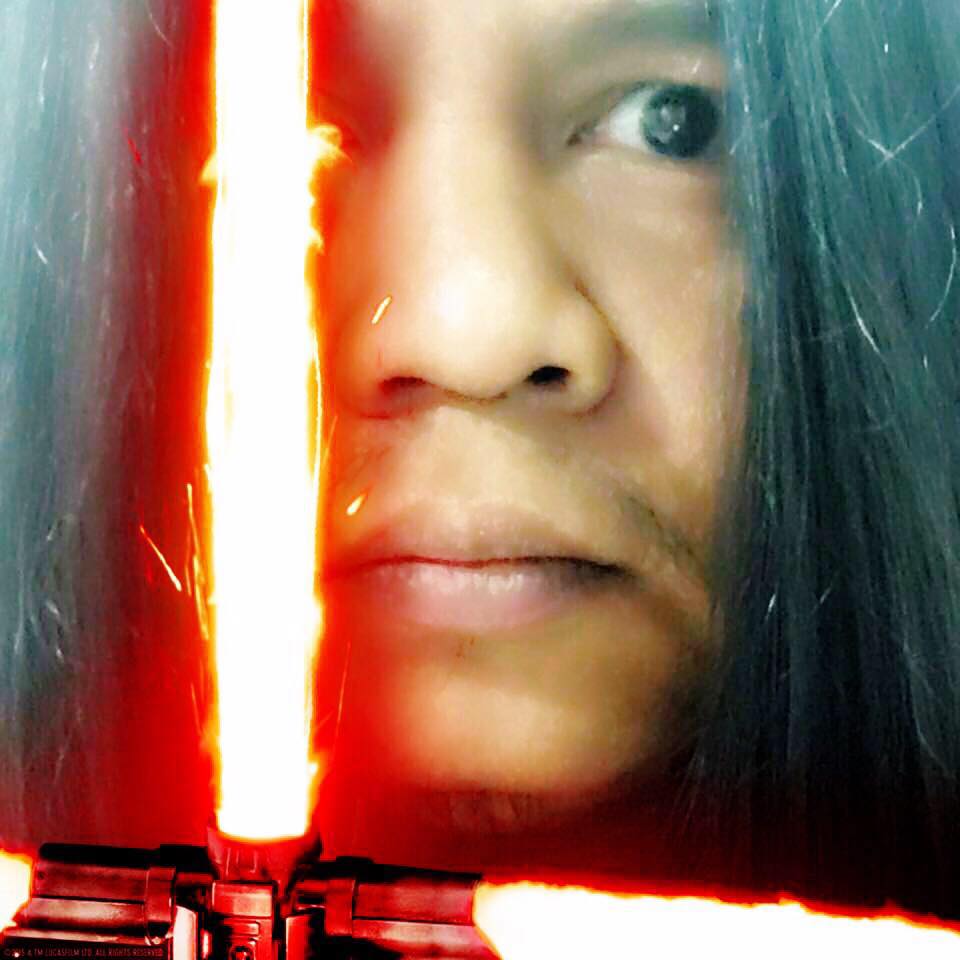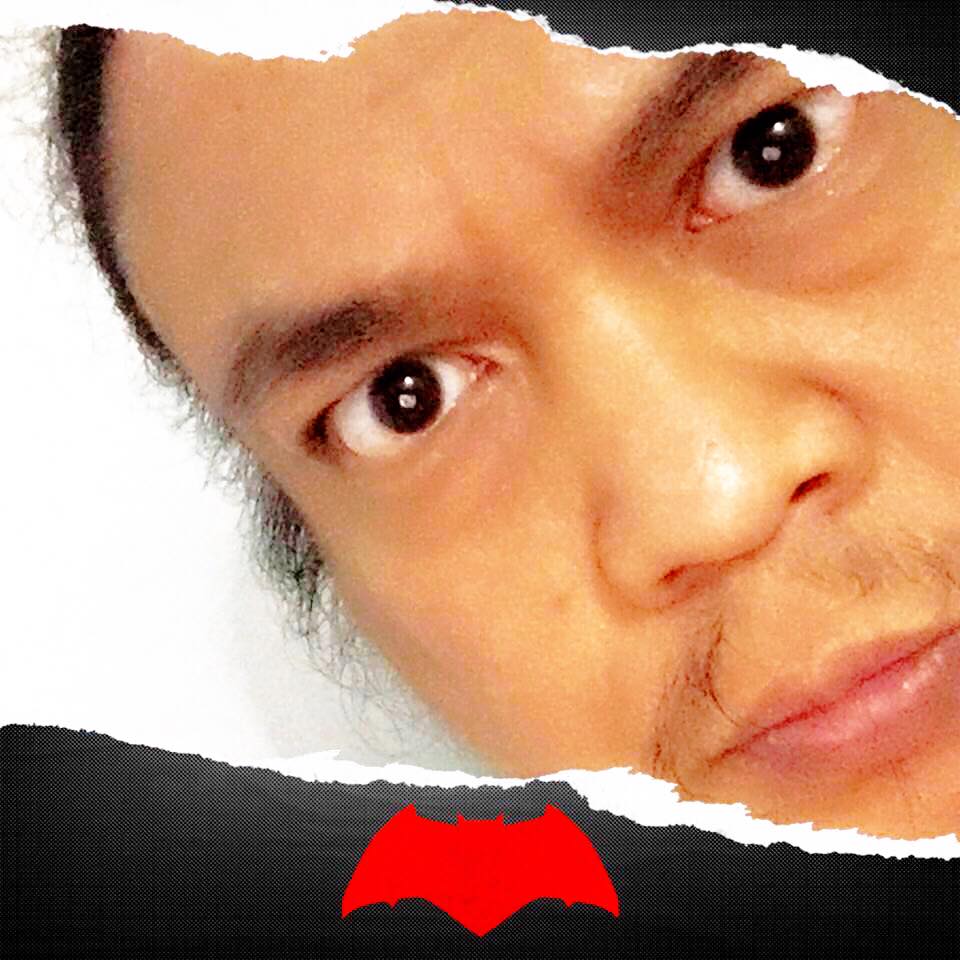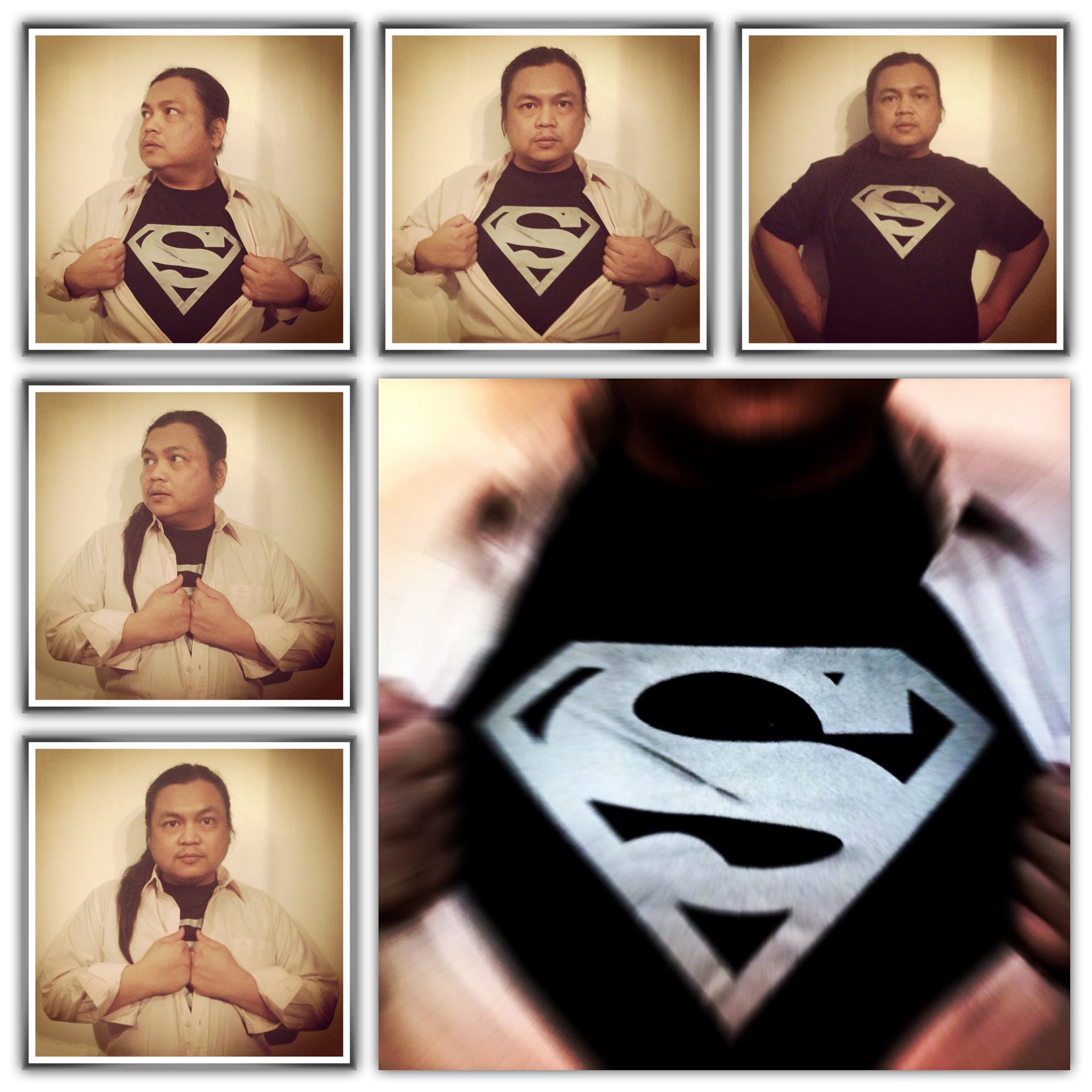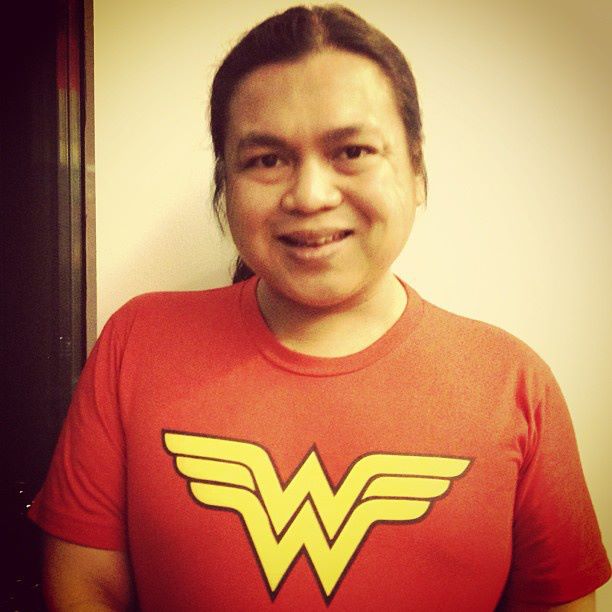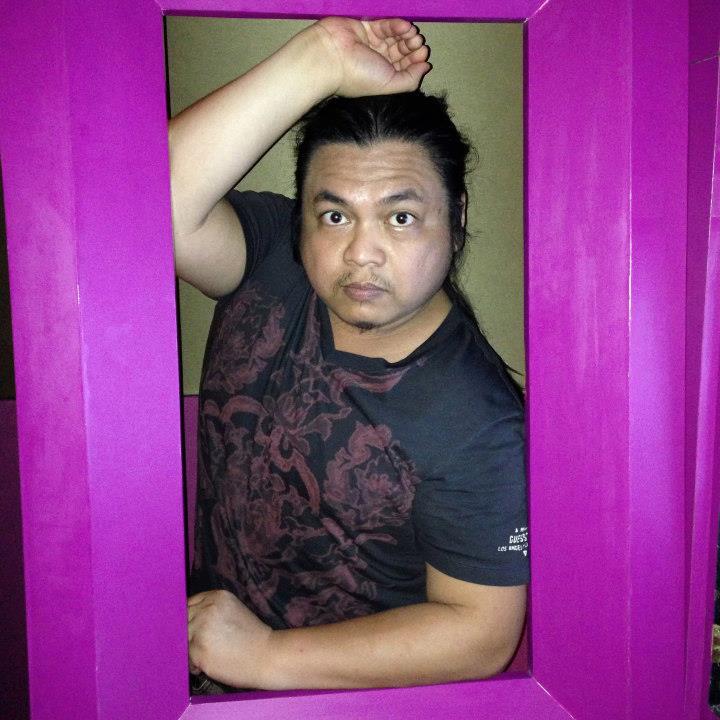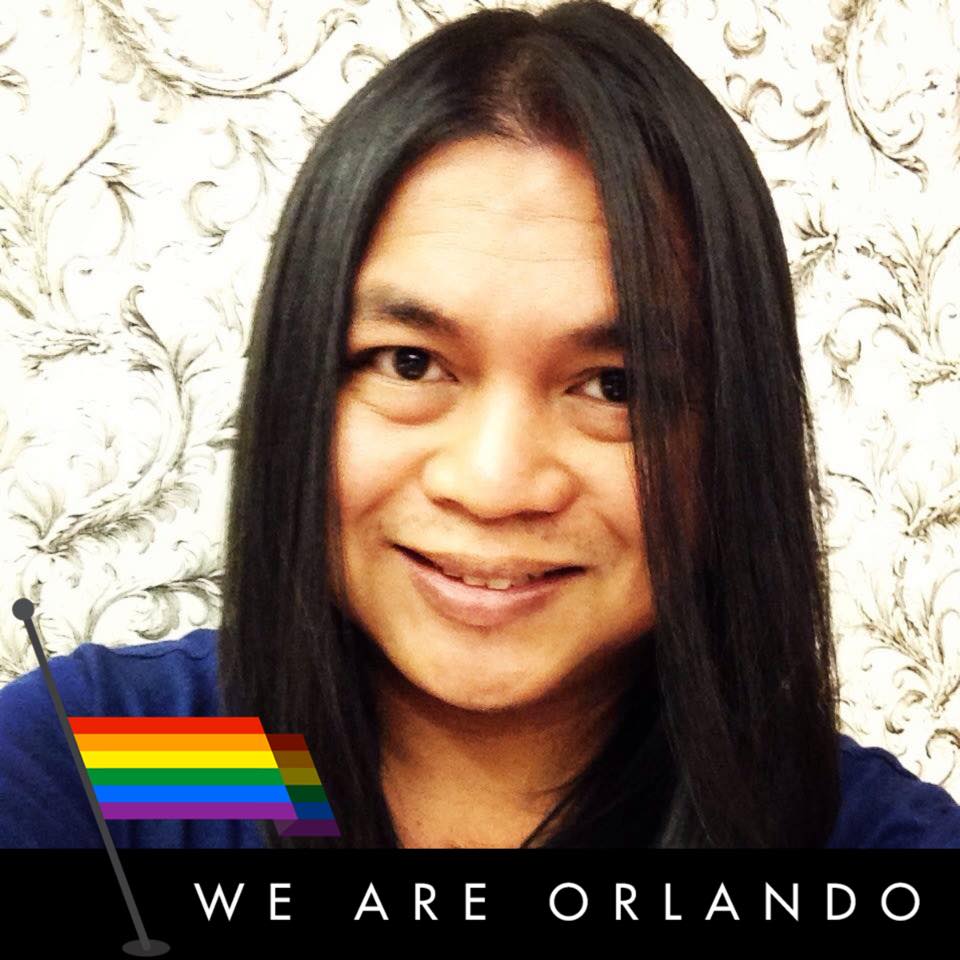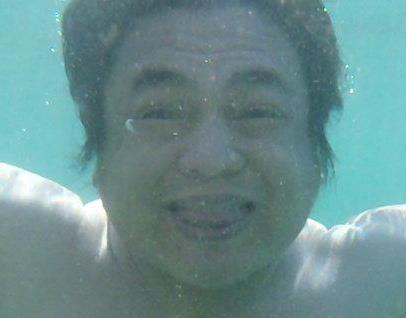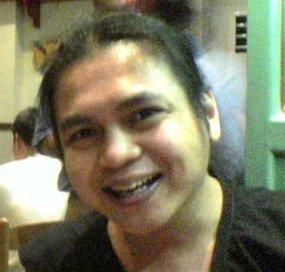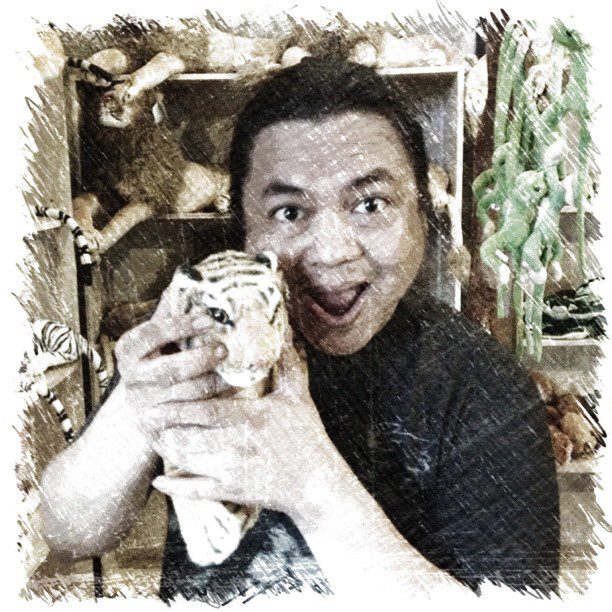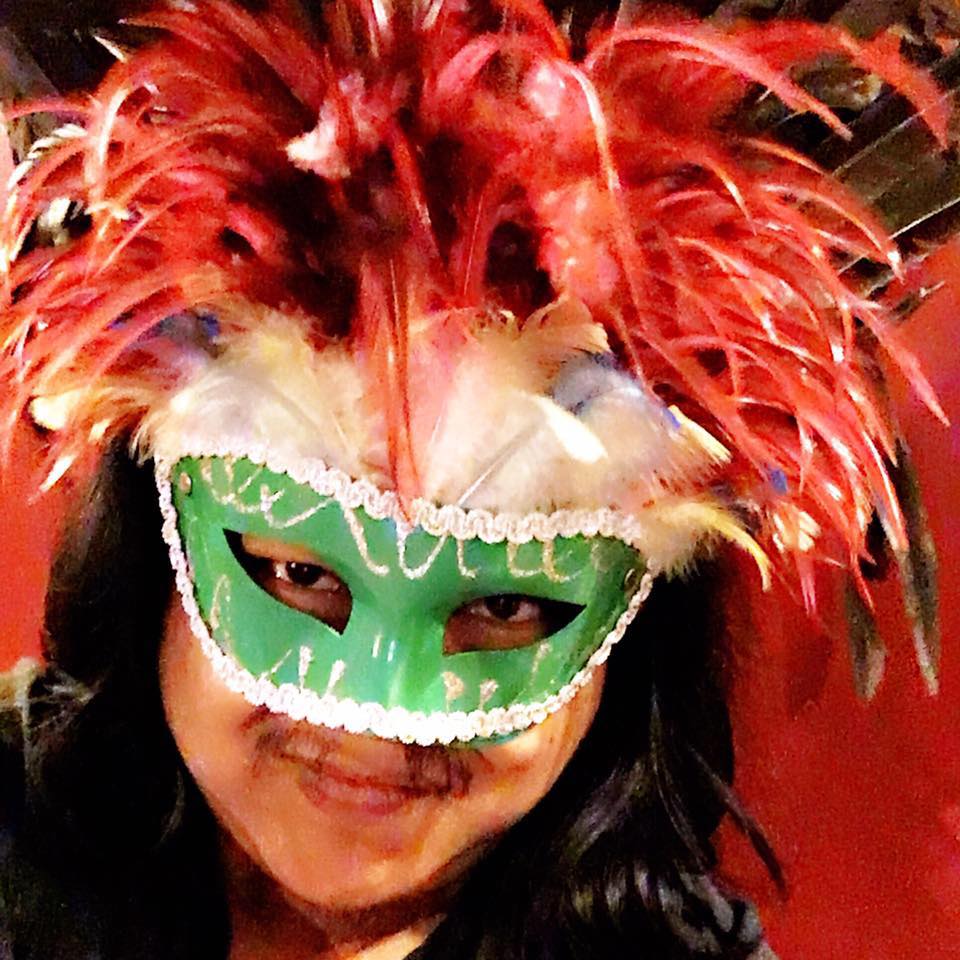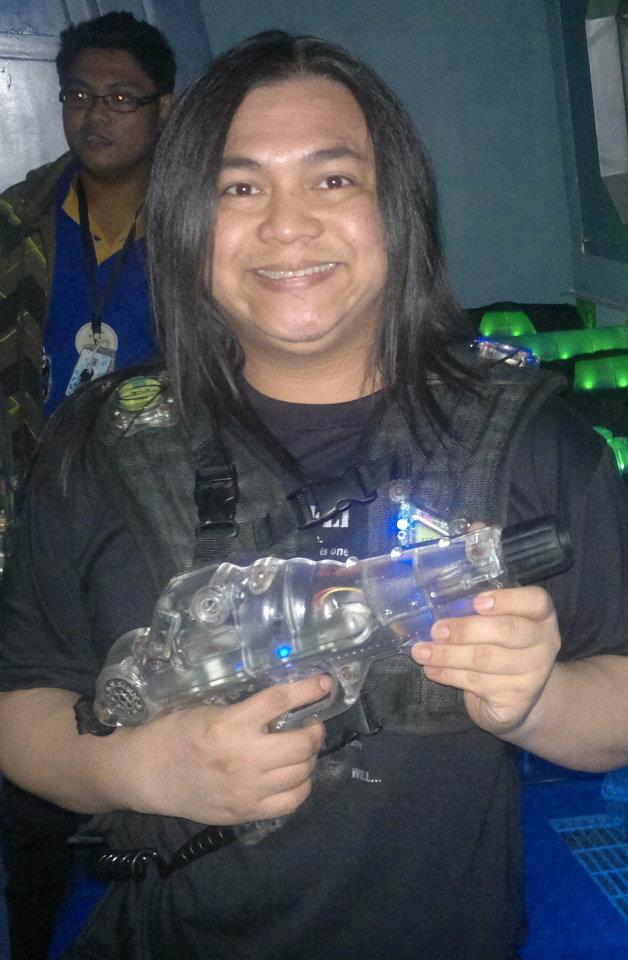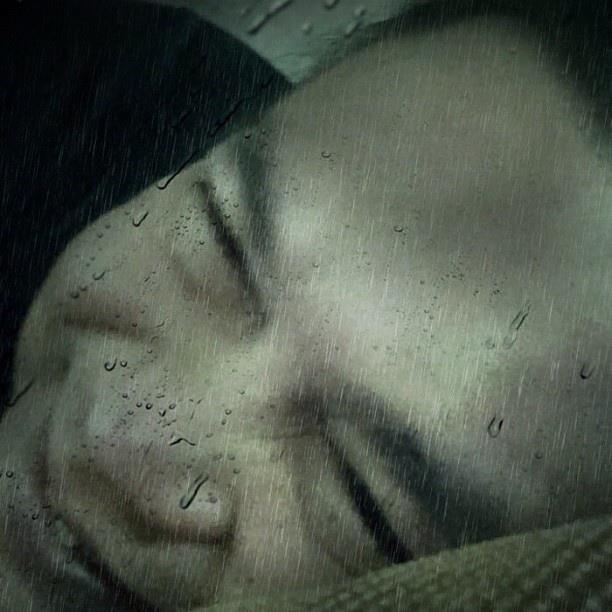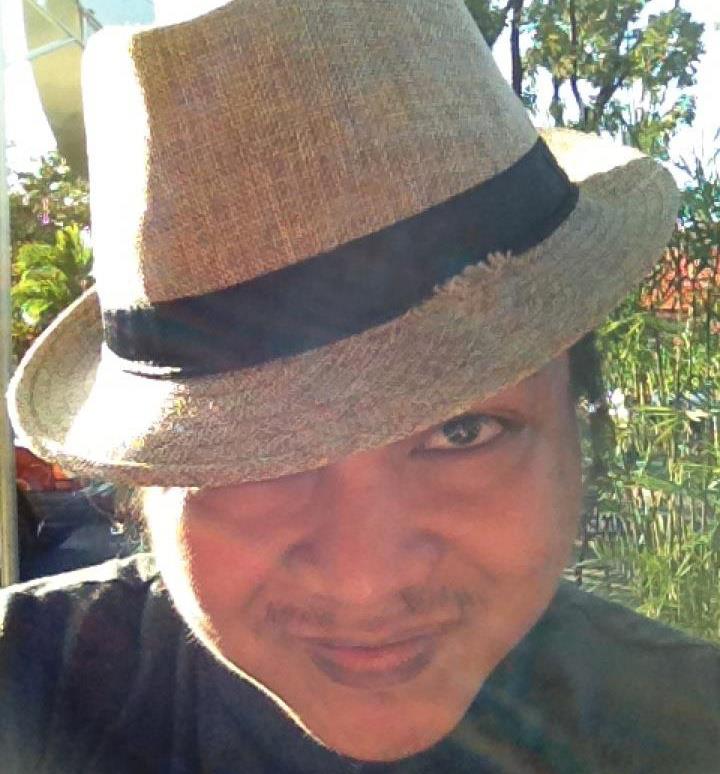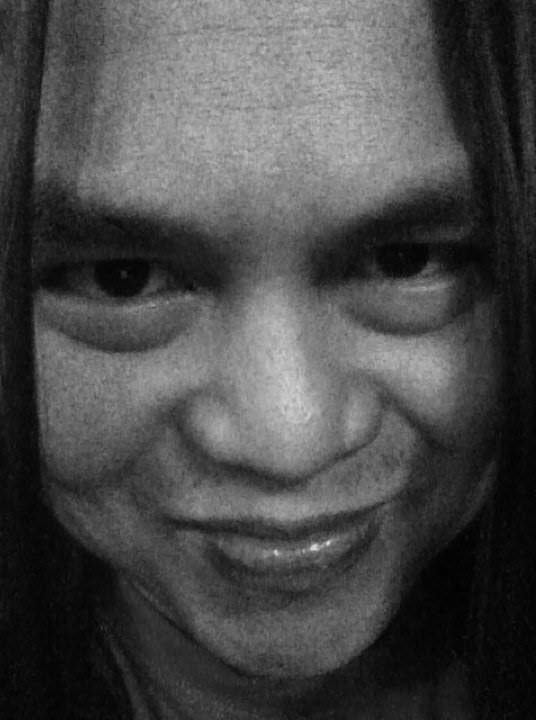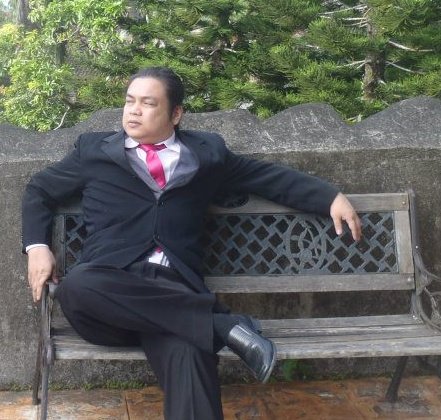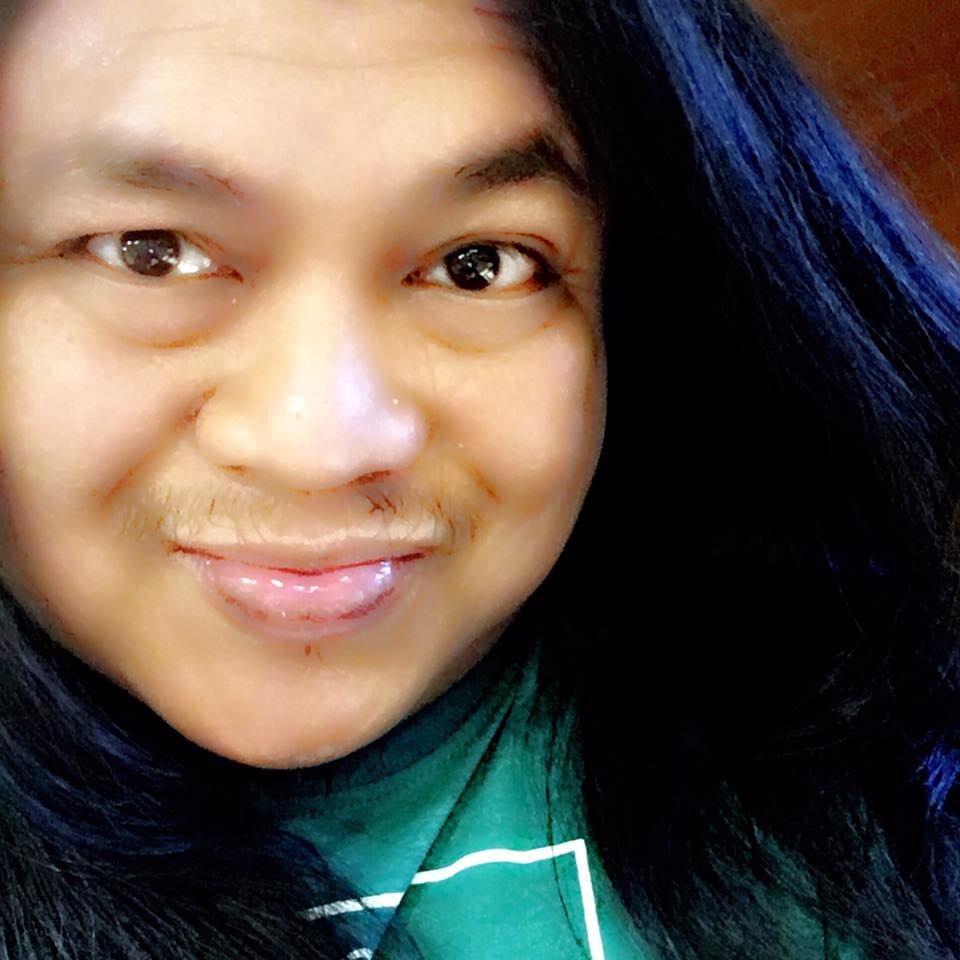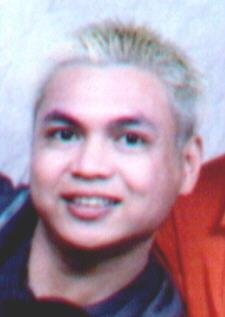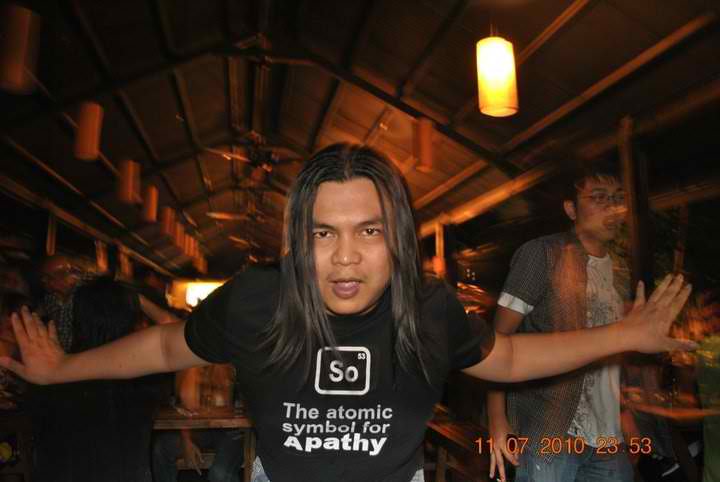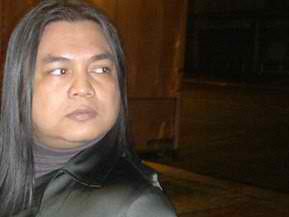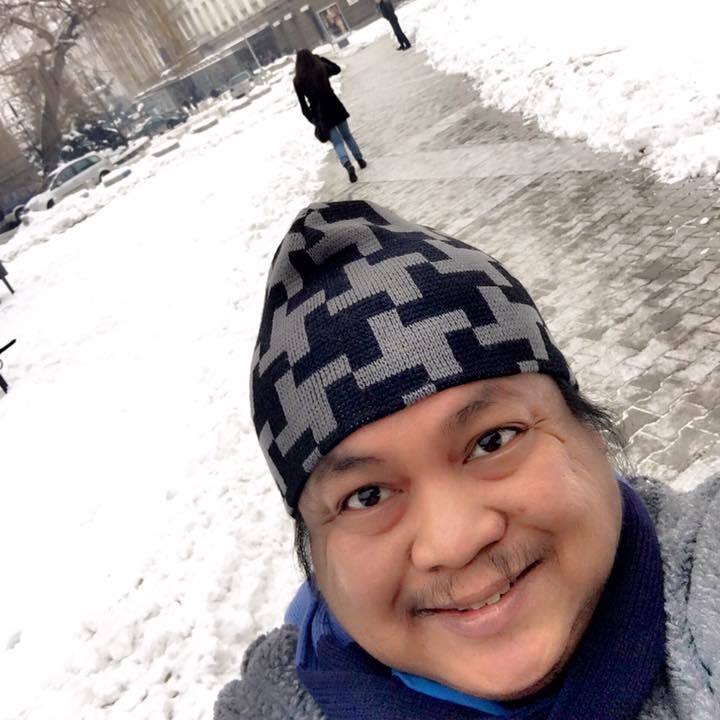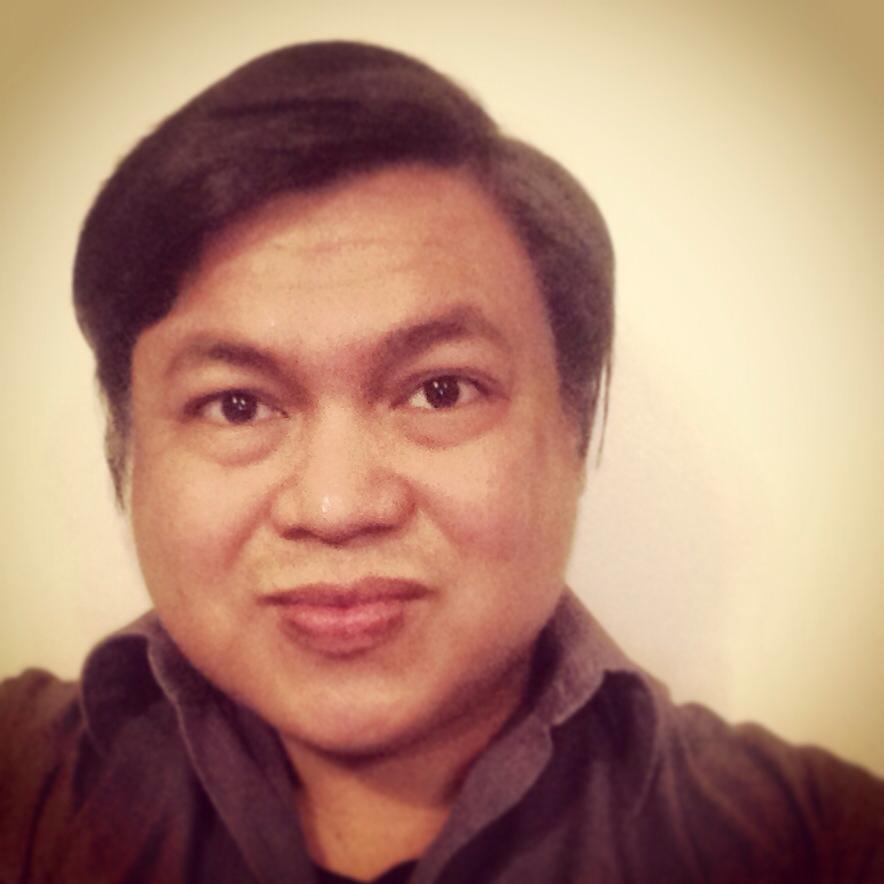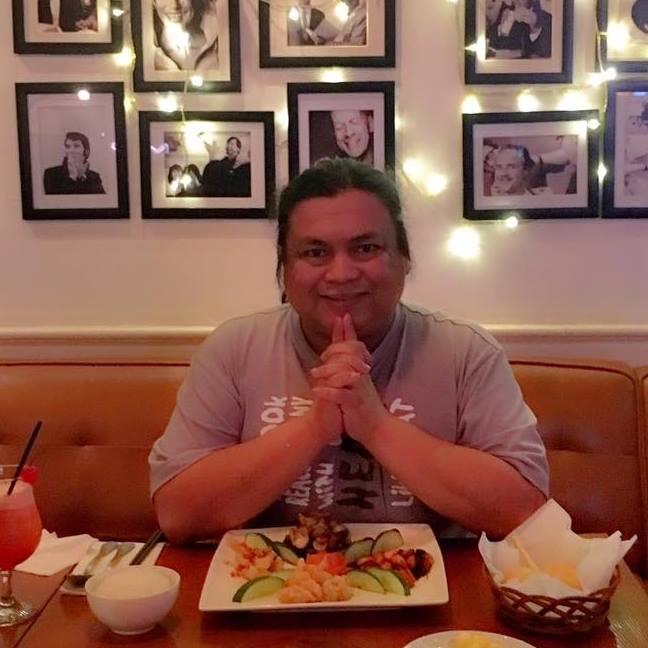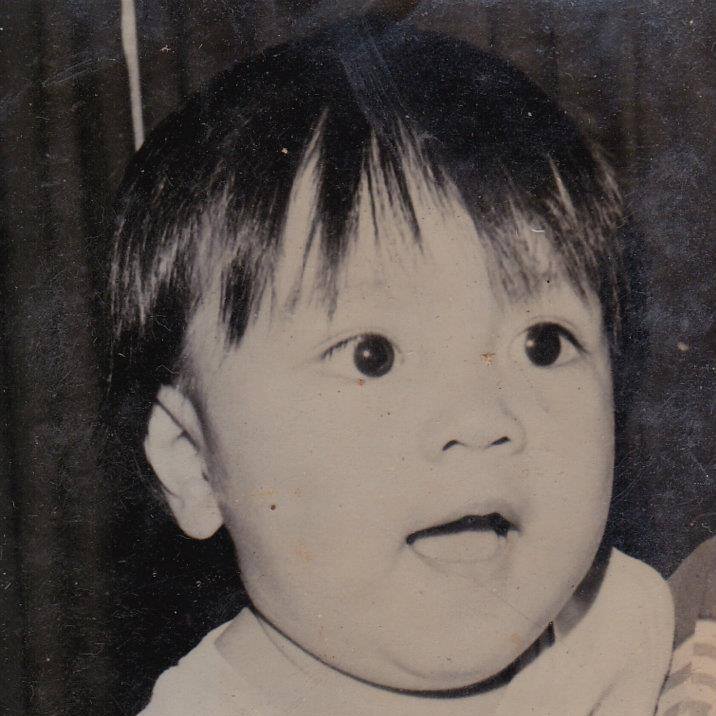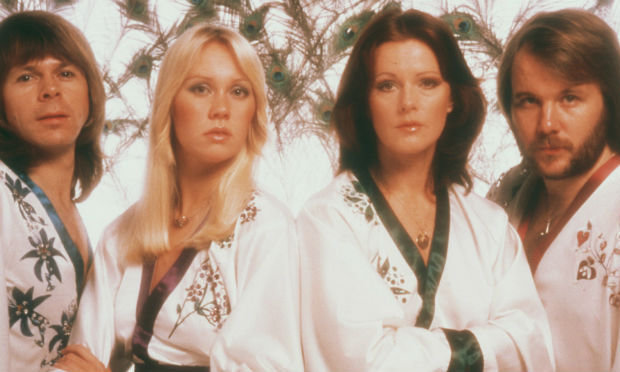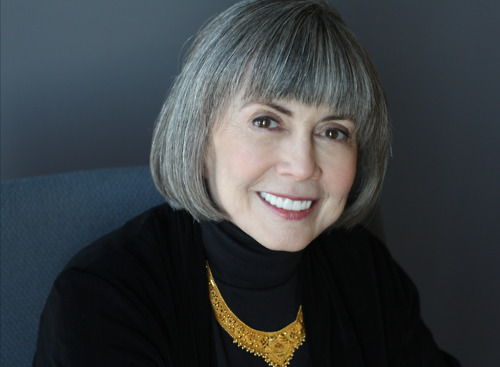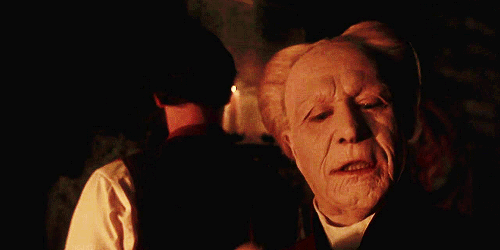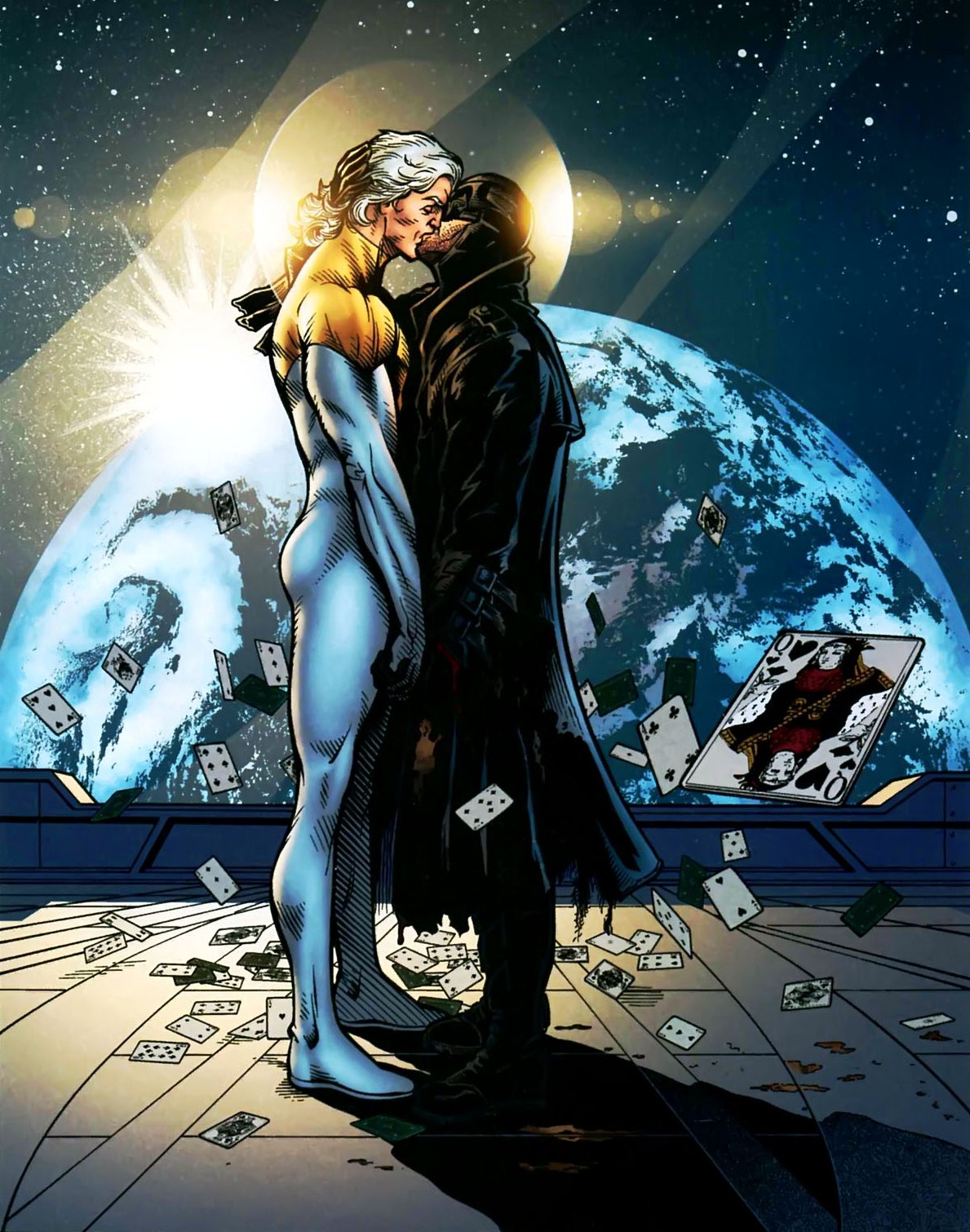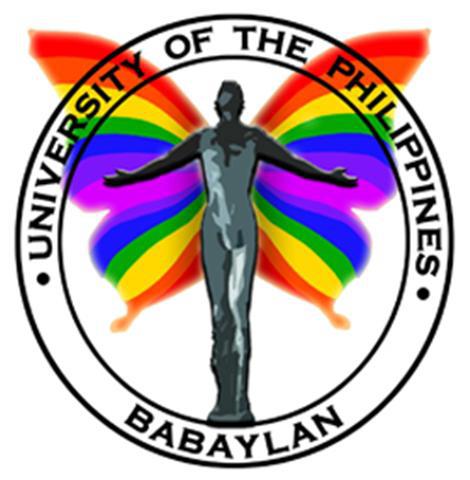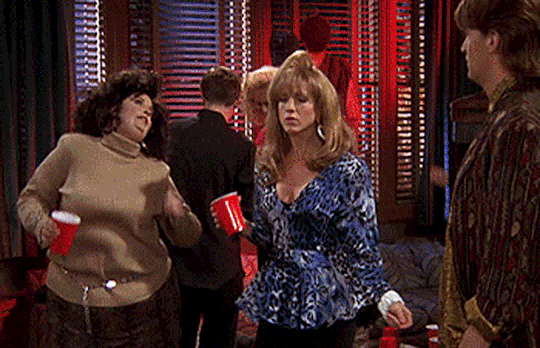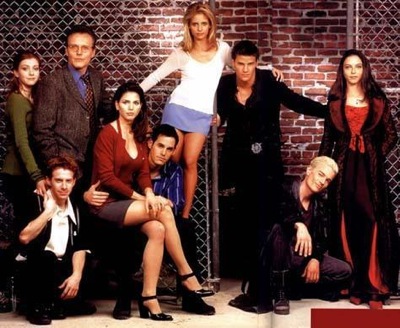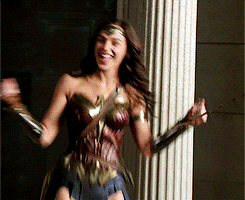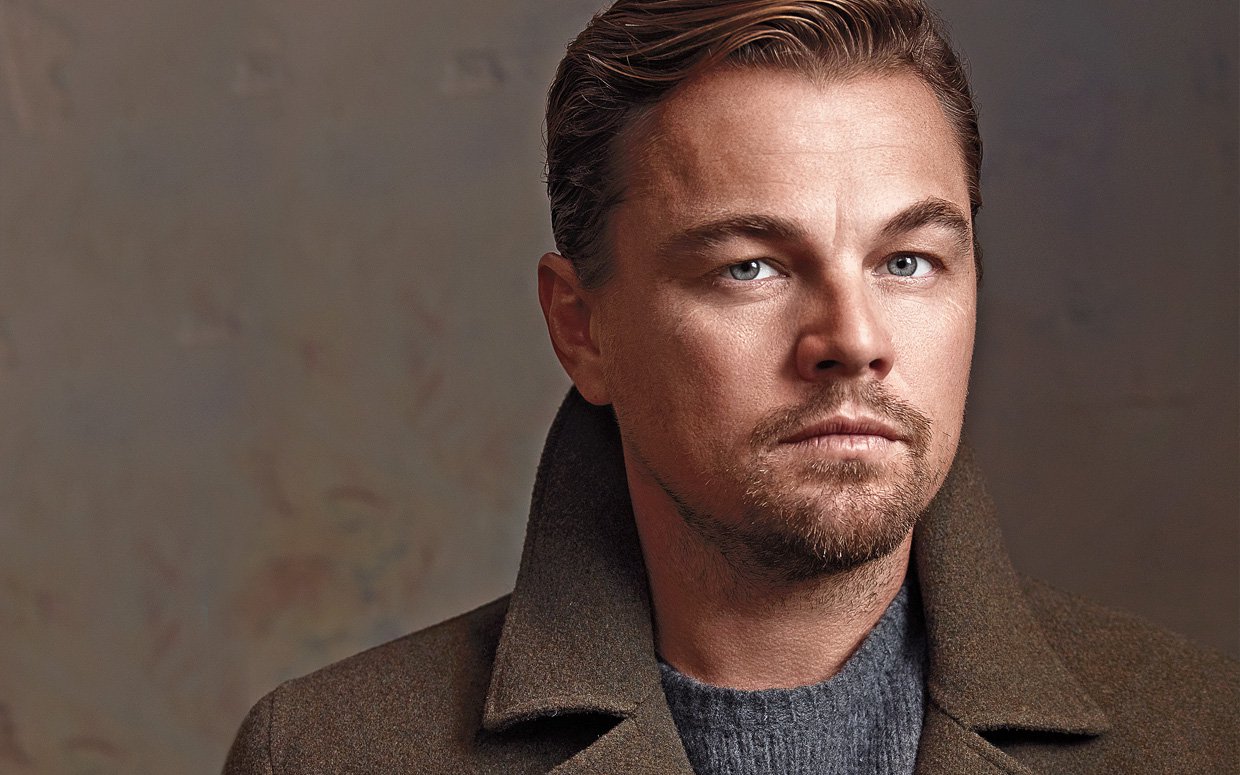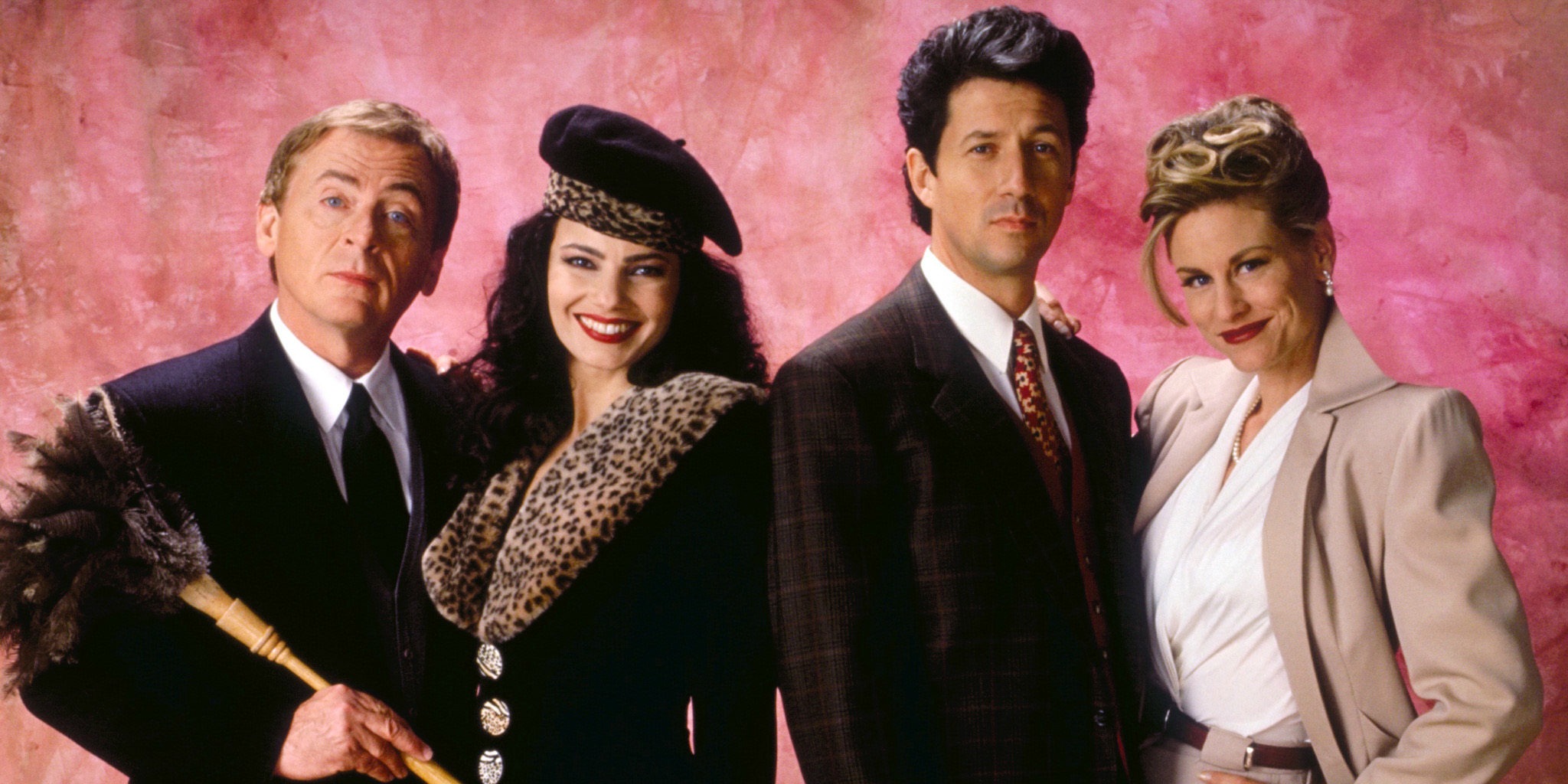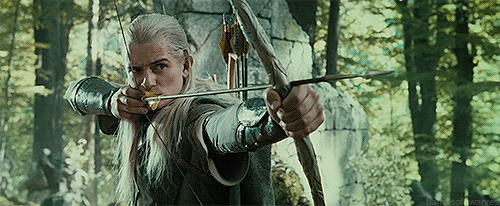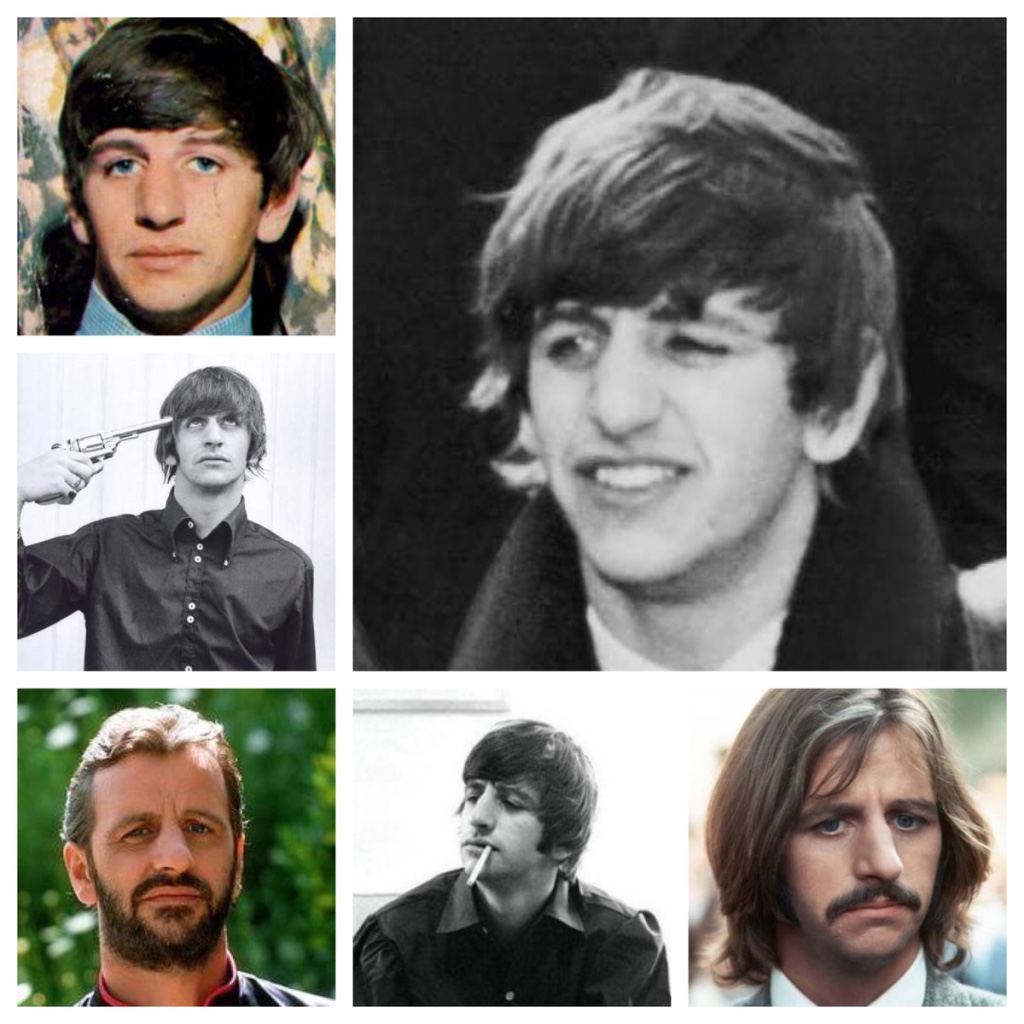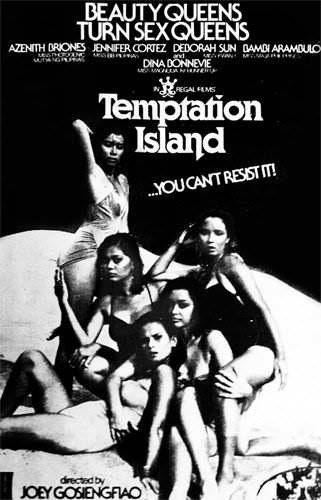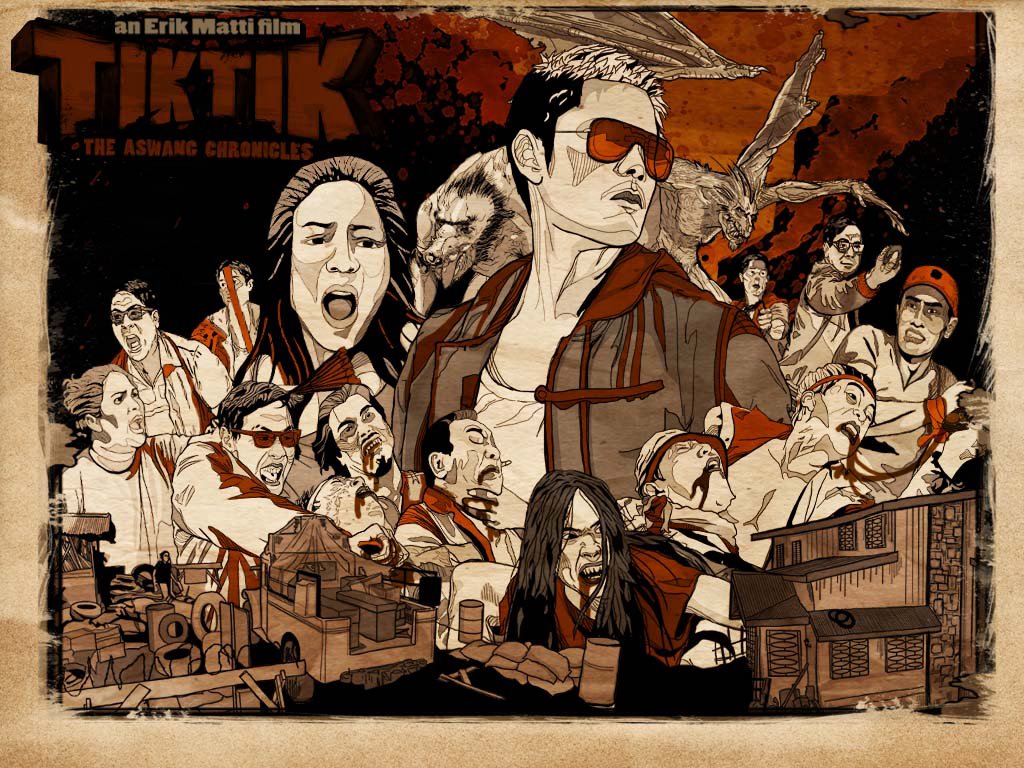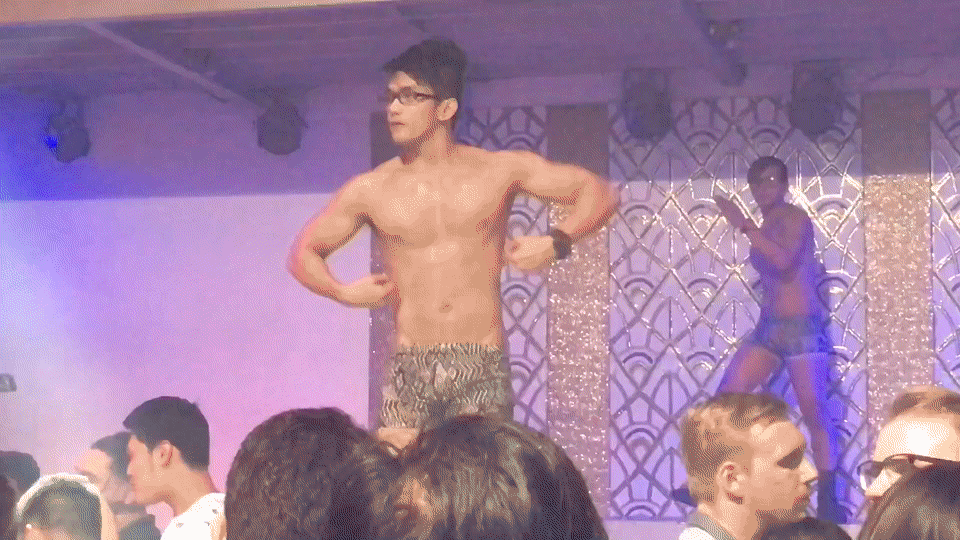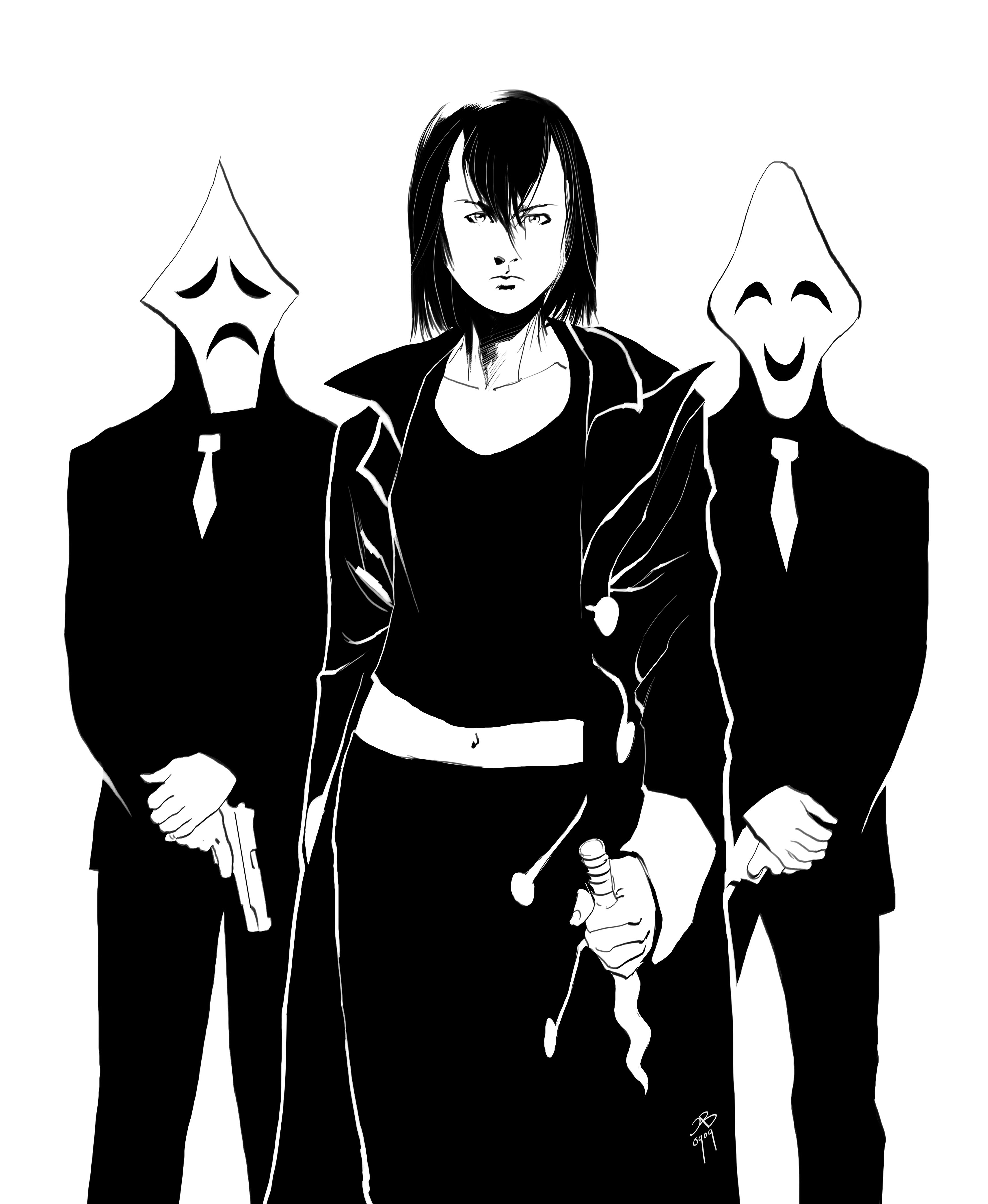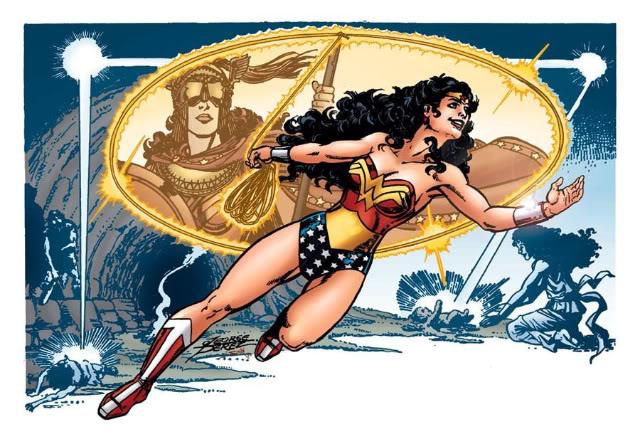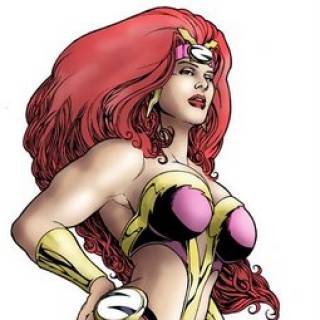Tag: Iran
Persia 2017 Post-Script: Friendly Faces
by allancarreon on Oct.15, 2017, under My Life, Travel & Culture
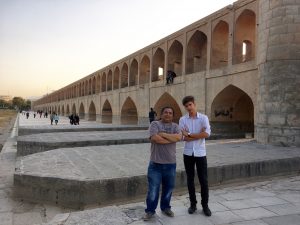 As I’d mentioned before, I love meeting new people when traveling abroad. Ultimately, what makes a place warm and exciting are the people you encounter as well.
As I’d mentioned before, I love meeting new people when traveling abroad. Ultimately, what makes a place warm and exciting are the people you encounter as well.
Iran, of course, is no exception.
In fact, contrary to what some people might perceive about Persians, they are actually some of the friendliest and most hospitable people I have met. They will show you a lot of interest when they realize you’re a foreigner, and by that I mean a sincere interest in getting to know you. They would even ask to take pictures with you, and if they find out you speak English, a number of them would even practice speaking it with you.
Persia 2017: Because we had to eat and sleep.
by allancarreon on Oct.14, 2017, under My Life, Travel & Culture
And it was all so glorious!
Tehran
We stayed in Seven Hostels, a cheap yet very clean hostel. There were a lot of foreigners staying here, and the service and helpfulness of the staff were top-notch.
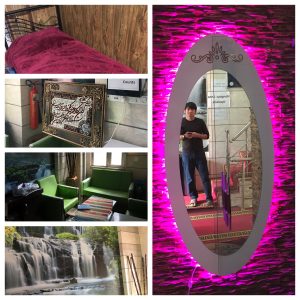
Persia 2017: The Armenian Quarter
by allancarreon on Oct.13, 2017, under My Life, Travel & Culture
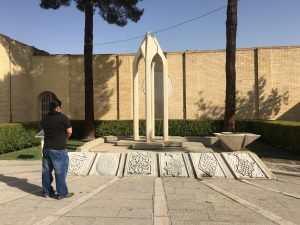 New Julfa
New Julfa
Isfahan, Iran
27 September 2017
New Julfa is the Armenian quarter of Isfahan. Established over four hundred years ago, it is located near the Zayande River and is one of the largest Armenian quarters globally. Although the Armenian residents need to adhere to Iranian laws on clothing, they freely enjoy their distinct Armenian culture – including language and cuisine – and are in fact government-protected. In New Julfa, there are a lot of sites – mostly churches and museums, including the Armenian Apostolic Church, the Holy Savior Cathedral (a.k.a. The Vank).
Persia 2017: Bazaars and Bridges
by allancarreon on Oct.12, 2017, under My Life, Travel & Culture
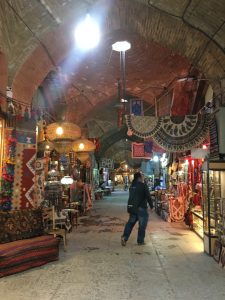 Naqsh-e Jahan Square
Naqsh-e Jahan Square
Isfahan, Iran
26 September 2017
About four centuries old and now a UNESCO World Heritage Site, Naqsh-e Jahan Square is a highlight of the city of Isfahan, situated right at the center of the busy city. It is surrounded by the Ali Qapu Palace, two mosques, and the Isfahan Grand Bazaar. Historic and grand, the Square has been a haven for tradesmen as well as ceremonies for hundreds of years.
The Square was commissioned by Shah Abbas as a show of power after the capital of Persia was moved to Isfahan in 1598. Designed by chief architect Bahā’ al-dīn al-‘Āmilī, the Square consolidates the three symbols of power of Persia into his own domain: the clergy, as represented by the mosque; the merchants, as represented by the bazaar; and his own power, represented by the palace.
Persia 2017: Incredible Isfahan
by allancarreon on Oct.11, 2017, under My Life, Travel & Culture
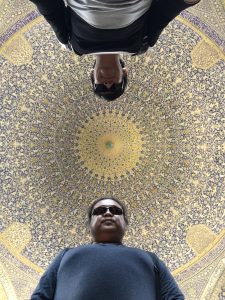 Incredible Isfahan
Incredible Isfahan
Isfahan, Iran
26-27 September 2017
The centuries-old City of Isfahan (also known as Esfahan and Sepahan) is so beautiful that the Iranians we spoke to in Tehran and Shiraz, whenever we mentioned we would be going to this city, would always exclaim in amazement and praise its grandeur.
They are not wrong.
Isfahan is not only a green city, full of tree-lined streets, but it is also a center of art, history, and architecture. It is a fabulous amalgalm of ancient Persia and modern Iran, a city of absolute beauty.
Persia 2017: Exploring Shiraz, Part 2
by allancarreon on Oct.10, 2017, under My Life, Travel & Culture
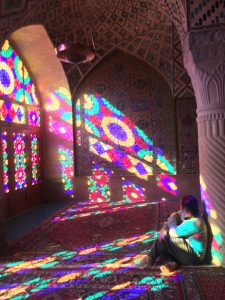 Nasir-ol-Molk: The Pink Mosque
Nasir-ol-Molk: The Pink Mosque
Shiraz, Iran
25 September 2017
Nasir-ol-Molk (also known as Nasiralmulk) Mosque is a mosque in Shiraz near the Shāh Chérāgh. Built during the Qajar dynasty in the late 1800s, it is known as the Pink Mosque because of the pink tiles that are used around the structure. It also utilizes a lot of five-concaved design elements known as Panj Kāse.
The mosque is also perhaps even more famous for its stained glass windows that provide a glowing mosaic of colors across one of the rooms when the early morning sunlight hits them. It gives you an almost spiritual feeling of both awe and serenity when you experience it. The best time to visit is early morning, around 7:30AM when it opens to the public, when the rays of light pass through the windows. Come in as early as possible to avoid the crowds of tourists that come in so you can, at least temporarily, enjoy some personal meditative or reflective moments.
Persia 2017: Where Kings Sleep
by allancarreon on Oct.08, 2017, under My Life, Travel & Culture
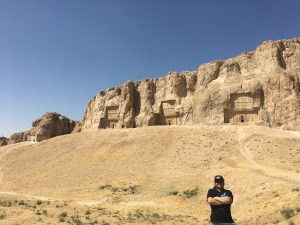 Naqsh-e Rostam
Naqsh-e Rostam
Fars Province, Iran
24 September 2017
Just a short ride from Persepolis is Naqsh-e Rostam, an ancient necropolis housing the tombs of several kings of the First Persian Empire. Their sarcophagi are enshrined in separate massive chambers, with giant crosses cut into the mountain side serving as entrances to the respective tombs.
Persia 2017: Persepolis
by allancarreon on Oct.07, 2017, under My Life, Travel & Culture
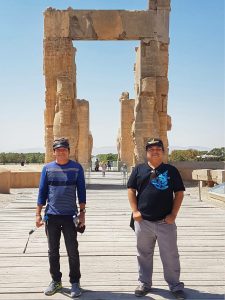 Persepolis
Persepolis
Marvdasht, Iran
24 September 2017
Just a couple of hours outside Shiraz are the ruins of Persepolis.
Literally “The City of the Persians,” Persepolis was the ceremonial capital of the Achaemenid Empire. Initially built by King Darius I, it is a city complex set upon a platform in what is now Fars Province. Among its structures were the Gate of All Nations, the Apadana, the Throne Hall, and the Tachara. It is also known as Takht-e-Jamshid (Throne of Jamshid) due to the belief of late antiquity Persians that it was built by the mythological king Jamshid.
Persia 2017: Exploring Shiraz, Part 1
by allancarreon on Oct.06, 2017, under My Life, Travel & Culture
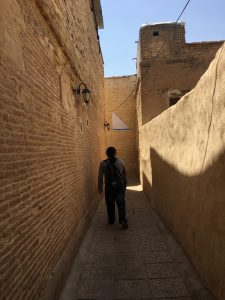 Exploring Shiraz
Exploring Shiraz
Shiraz, Iran
23 September 2017
The ancient City of Shiraz is a center of poetry and literature. It was once the capital of Persia, during the Zand Dynasty, and currently it is the capital of the province of Fars. It is a wonderful city that combines the ancient and the modern, where the brick-walled homes and fortresses blend with and around majestic and beautiful mosques and gardens.
On our first day in Shiraz, we went to Shāh Chérāgh (“King of the Light”), the most important pilgrimage site within this city. We learned more about this funerary shrine and mosque from our tour guide. It houses the graves of the brothers of Ahmad and Muhammad, brothers to Ali al-Ridha, the eighth Shi’ite Imam. The brothers had taken refuge in the city to escape the persecution of Shia Muslims sometime around 900 AD. Their graves had been lost to time until Ayatullah Dastghā’ib saw, from a distance, a light coming from the area; upon investigation of the source of light, the graves were found, inscriptions indicating who were buried there.
Persia 2017: Golestan Palace
by allancarreon on Oct.05, 2017, under My Life, Travel & Culture
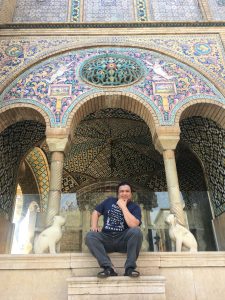 Golestan Palace
Golestan Palace
Tehran, Iran
22 September 2017
A UNESCO World Heritage site, the Golestan Palace complex includes palaces, museums, halls, fountains, and lush greenery. With a history within Tehran’s citadel going back to the 1500s, the palace later became the seat of the Qajar dynasty. The palace was rebuilt in 1865 and stands proud to this day.
With our limited time in Tehran, we chose to enter only specific buildings in the vast complex. The Main Hall is a spectacular palace, filled with relics and artifacts from Persia, India, and Europe from a few hundred years ago. Other than the Main Hall, we went inside the museum in Shams-ol-Emareh (Edifice of the Sun), with its clock tower standing tall between twin symmetric towers and with its highly-polished mirror “walls” that reflect the sunlight beautifully.

















